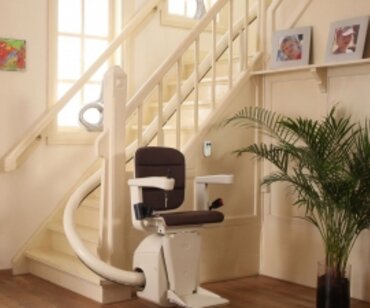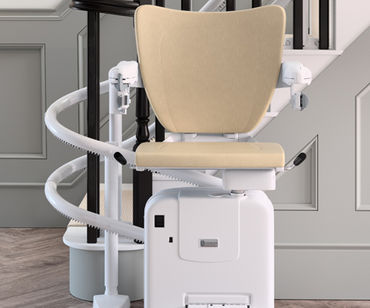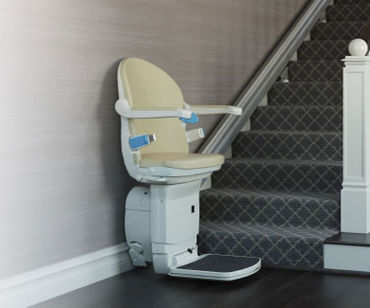The best plants for each room of your house
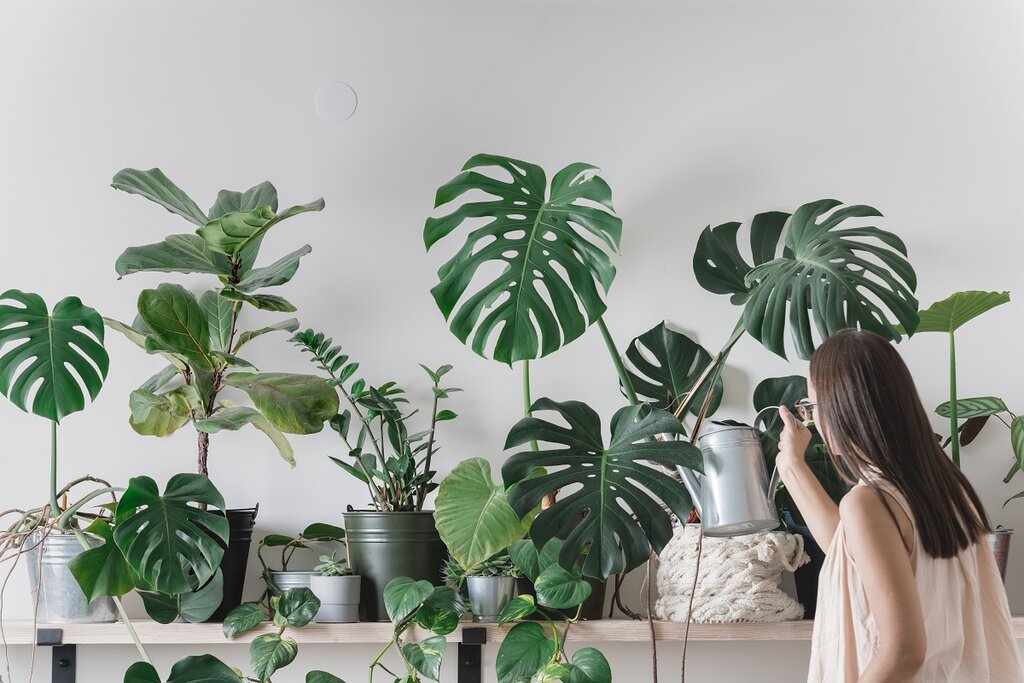
There are many benefits to having houseplants as they bring beauty and calm into your home, as well as improve the air quality you are living in. These are just some of the benefits; depending on what plants you choose to bring into your home, they can bring a whole host of benefits which range from improving your productivity to flavouring your next meal.
It doesn’t matter if you are a gardener or not, it can be difficult to choose a houseplant, and there are many factors that you need to consider before purchasing one. For example, you may want a plant that just looks nice, a plant that thrives in particular conditions, or something that will provide you with some food that you can eat.
What are the best plants for each room of the house?
Choosing plants to grow indoors can be difficult as you will want to choose something that will not only grow well but will fit into the style of your home. In some areas of the house, it is best to avoid putting potted plants. If, for example, you suffer from a mobility problem and you use stairlifts, then it is best to avoid placing plants on your staircase.
In this guide, we look at the best plants you can buy for each room of your house and why these plants are a good choice for a specific room.
Best houseplants for the bedroom
Lavender
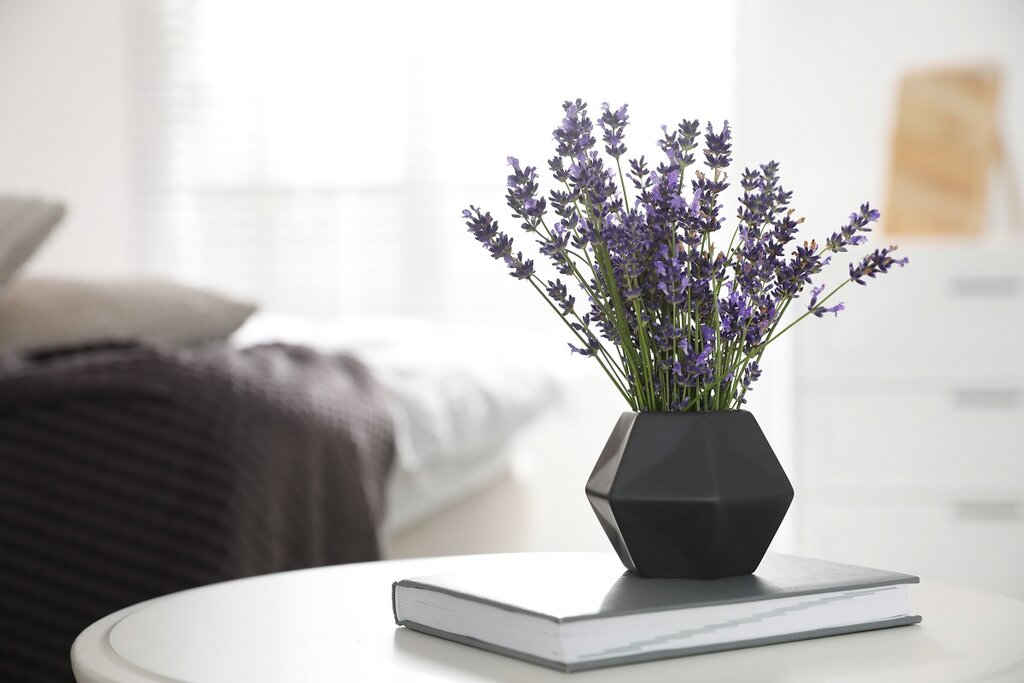
Lavender is famed for its relaxation qualities, so what better place to put a pot of it than in the bedroom to help you calm down at the end of a busy day.
Any lavender is a good choice, but French lavender is slightly better suited for indoors and will work best in your bedroom.
Andrew Courtney, who runs his blog called Smart Garden Guide, speaks about how to look after French Lavender when growing it indoors: “Position near a window that gets at least 3-4 hours of bright direct sunlight per day and grows in well-draining soil to keep your indoor lavender plant healthy. Water once the top inch of soil dries out, fertilise twice per year and provide low humidity and moderate temperatures.”
English Ivy
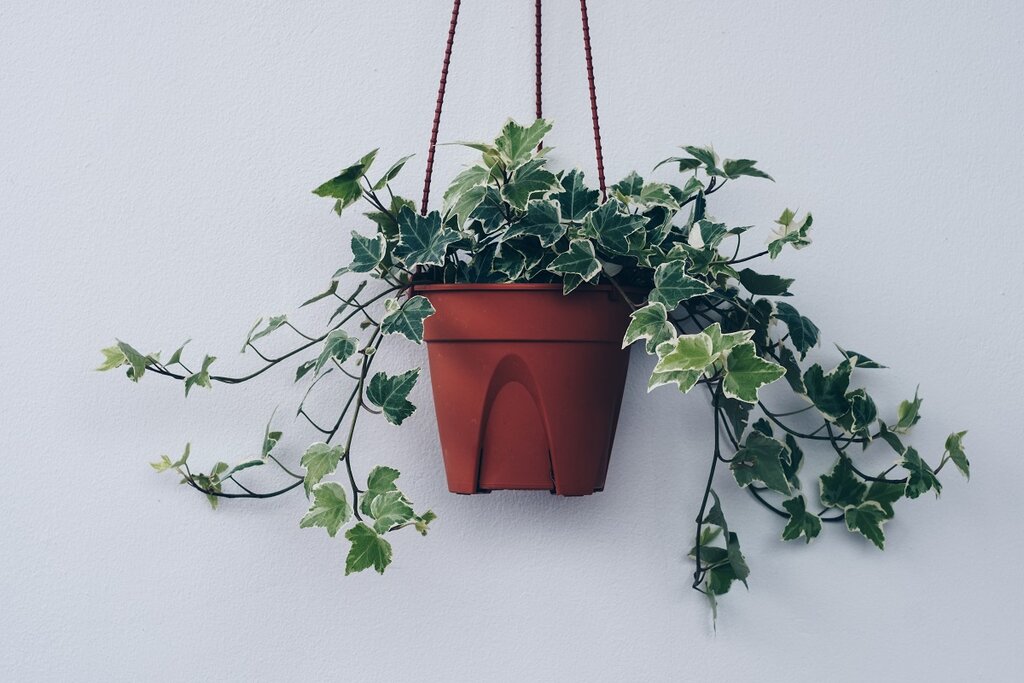
The English Ivy plant grows well in pots and can even be planted with other taller houseplants in a shared pot if you want to do that.
It is the perfect plant for growing in your bedroom, and it only needs moderate light in the spring and summer months. It doesn’t need lots of watering either, but you shouldn’t let it dry out completely.
Best houseplants for the bathroom
Ferns
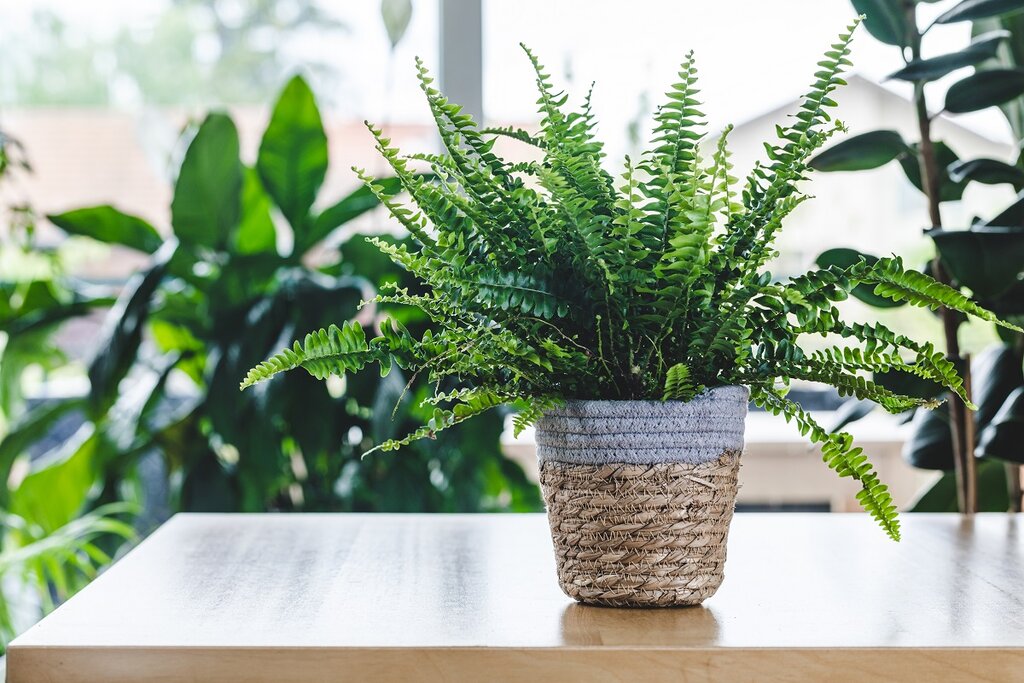
The humidity in bathrooms makes it a perfect environment for tropical plants, and ferns are an excellent choice for any bathroom.
In the wild, ferns tend to grow under the canopies of tropical forests and don’t get lots of light, so you can put them in your bathroom, and they will not only happily grow but will add a nice bit of décor.
If you have limited mobility, you don’t want plants in your bathroom that need constant care and attention; fortunately, ferns are very low maintenance.
Lucky Bamboo
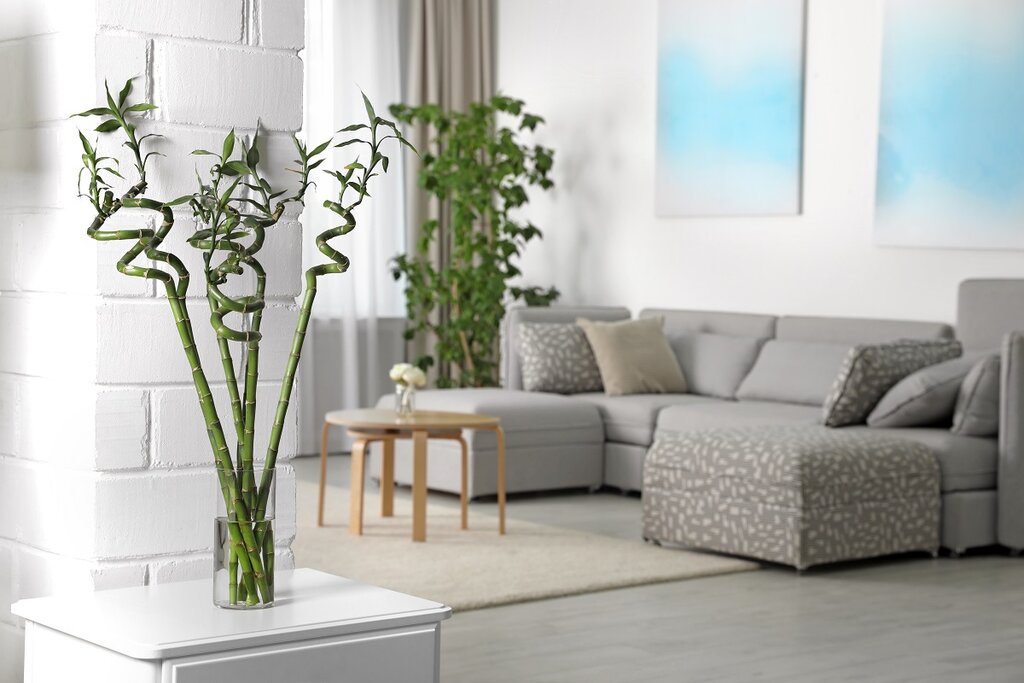
Lucky Bamboo, which isn’t a type of bamboo at all, has to be one of the easiest plants to care for as it can grow in almost any light and doesn’t even need any soil. You can just place your bamboo on the root that is filled with pebbles, add in some water, and it will happily grow away.
You will need to water it occasionally, but there isn’t much work involved when it comes to looking after a Lucky Bamboo houseplant. There are different types of bamboo, but if you want extra advice, you can always ask the experts at the gardening centre you are buying the plant from.
Gardening Know How talks a bit about caring for Lucky Bamboo and how much watering it will need: “Most people growing lucky bamboo indoors will also have their lucky bamboo growing in water. If your lucky bamboo is growing in water, make sure to change the water every two to four weeks.
“The lucky bamboo plant will need at least 1 to 3 inches (2.5 to 7.5 cm.) of water before it has grown roots. Once it has grown roots, you will need to make sure that the roots are covered by the water. As your lucky bamboo grows, you can increase the amount of water it grows in. The higher up the stalk the water goes, the higher up the stalk the roots will grow. The more roots the lucky bamboo has, the lusher the top foliage will grow.”
Best houseplants for the living room
Peace Lily
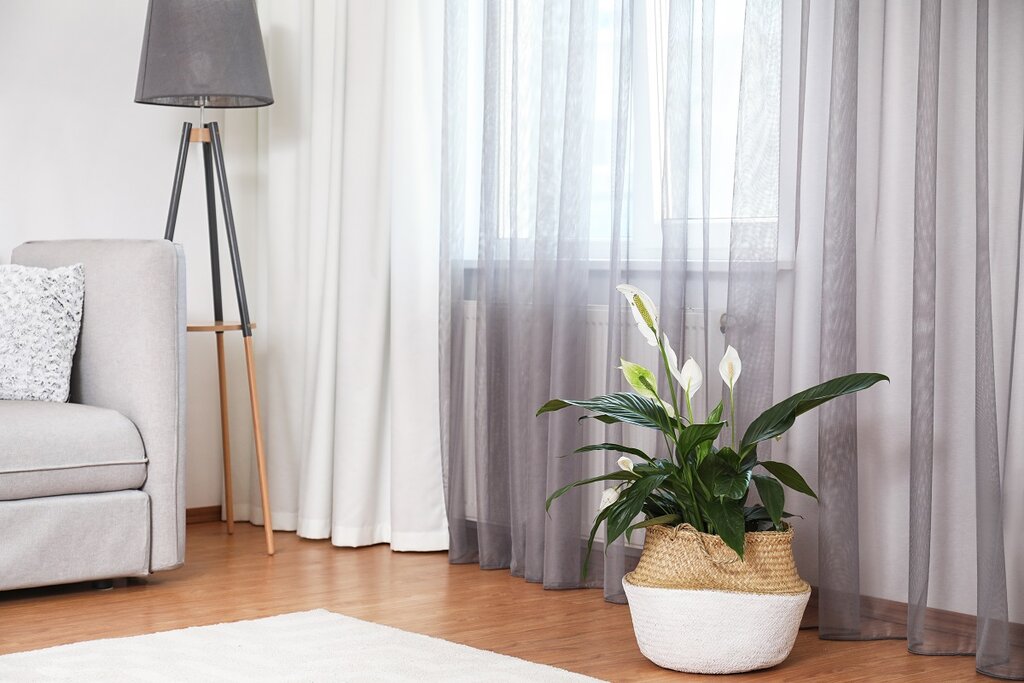
Peace Lily is easy to look after and is a popular houseplant as it can flower non-stop if it has enough light to allow it to grow. Its shiny green leaves and good height make it a great plant to grow in the living room.
Happy Houseplants are a retailer that aims to help you create urban jungles, and they highly recommend buying a Peace Lily as a houseplant:
“You can bring a new atmosphere to your favourite room by planting peace lilies. Known simply as a peace lily, this white flower looks like white flags of peace, although these are not actually lilies. Instead, they have tropical perennial varieties, which means that when they are well-tended, these flowers can survive years and bloom again. Ideal for home and office growing, easy to maintain, does not need much sunlight and cleans up and purifies air very well.”
ZZ Plant
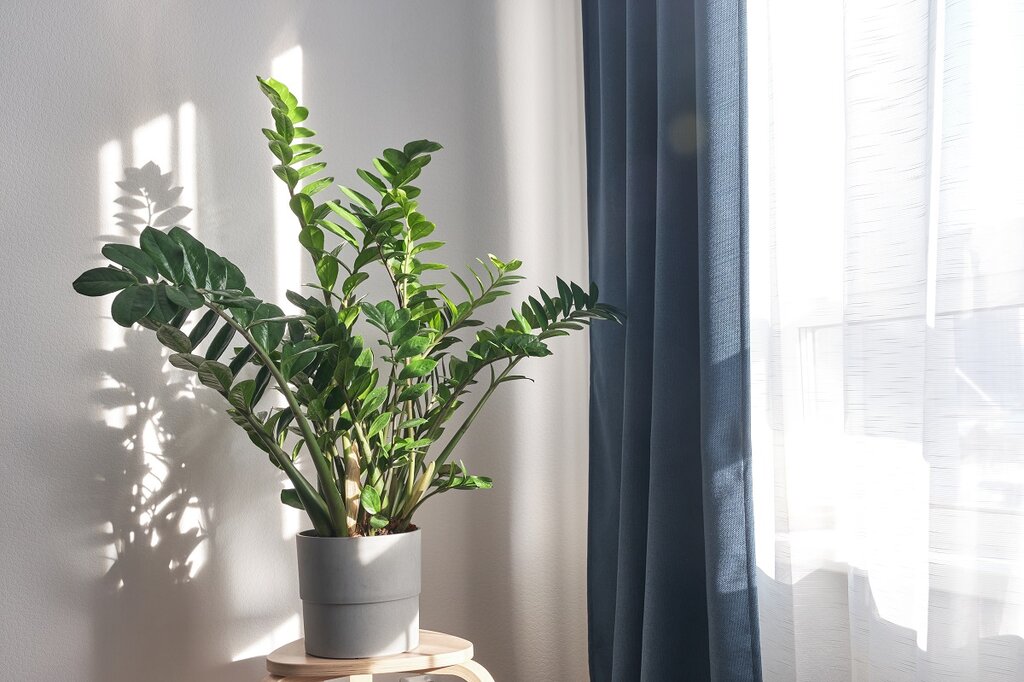
The ZZ Plant is the perfect way to spruce up your living room plant décor, and it is an easy plant to look after. It is a tough plant, and it can adapt easily to its living conditions as it grows well in both indirect and low light.
The plant’s watering will differ depending on the light your living room gets. If there is lots of light, the ZZ Plant will need to be watered more regularly, whereas if it’s in the shade, it will need to be watered less.
The leaves of the plant are very eye-catching, which is why many people choose light-coloured pots, so the green leaves stand out even more.
Best houseplants for the kitchen
Herbs
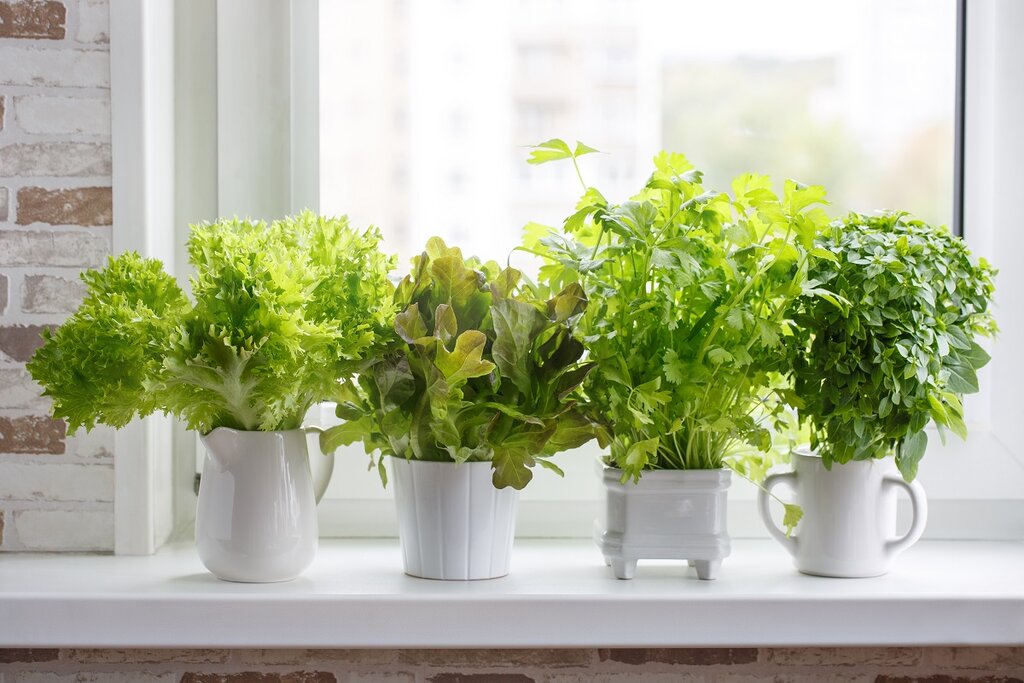
What better houseplant is there for the kitchen than one which can help you cook? That’s why herbs are a great choice, as they can be enjoyed year-round, and you can grow so many different types of herbs.
You should place them by a sunny window to allow them to grow, and you can then prune them and use the herbs to flavour the meals you are cooking.
The How To Culinary Herb Garden has talked about how to water your herbs: “The key to watering herbs indoors is to allow the pots to dry out somewhat in between watering. Test the soil by using your finger. If the soil is dry about 2 inches below the top (give or take, depending on the size of the pot), then it is time to water.”
Dwarf or compact varieties grow best, and the types of herbs you can grow in your kitchen are Basil, Chives, Cilantro, Dill, Mint, Parsley, Rosemary, Sage, and Thyme.
Air Plant
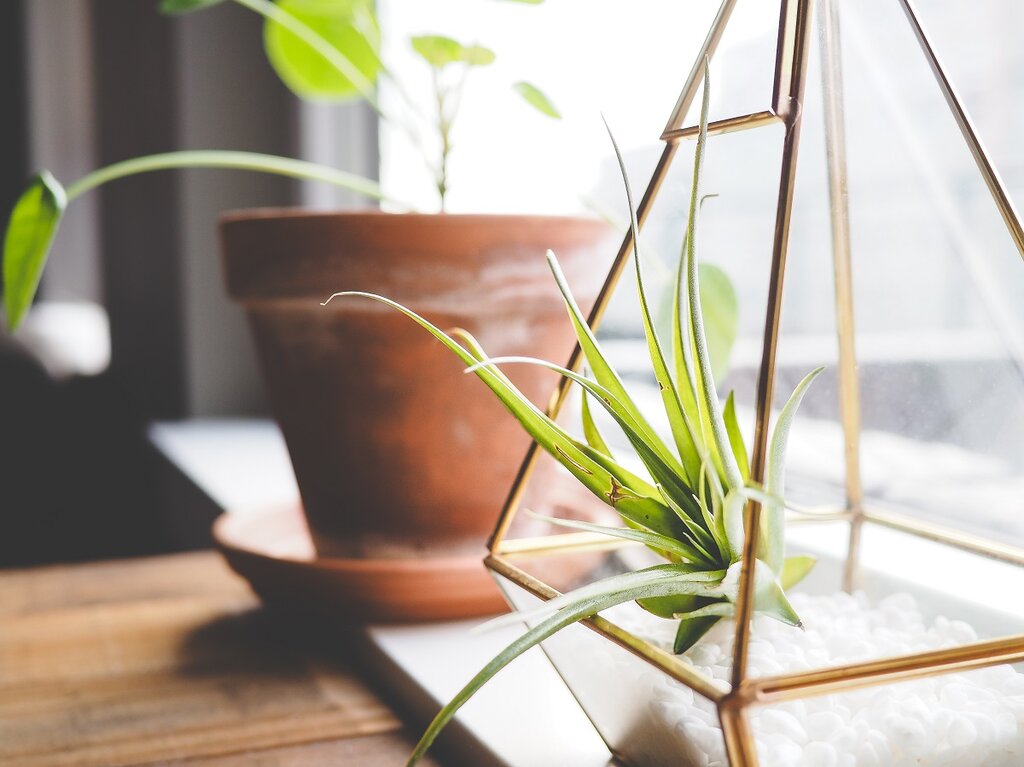
If you are looking for a plant for your kitchen that is more aesthetically pleasing rather than one you will use in your food, then an air plant is a great option.
Also called tillandsia, the air plant can grow without soil in bright light and is the closest you can come to a no-care plant.
You can usually buy an air plant in a hanging pot or a glass globe. To water the plant, you need to mist it occasionally or rinse it once a week and let it drip dry.
Best houseplants for the conservatory
Aloe Vera
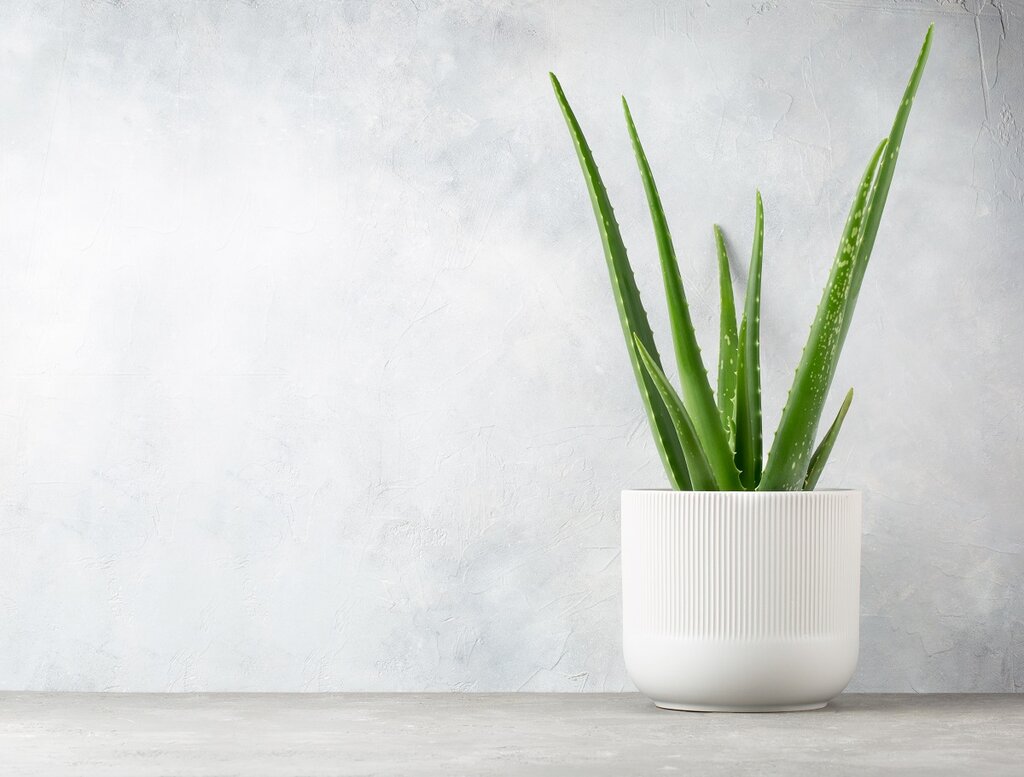
If you have a conservatory, you will no doubt want to add a bit of greenery to it, and one of the best plants you can buy is an Aloe Vera plant.
These plants grow well in rooms that are abundant with light, so they are the perfect plants to grow in a conservatory or on a sunny windowsill.
Aloe Vera plants will purify your home’s air, and the plant’s leaves are famed for healing, as the juice can help heal sunburn.
We hope this guide helps you pick the perfect plant for your home, as some varieties do better in certain conditions than others.
Here at Companion Stairlifts, you can make your home more accessible by purchasing one of our straight stairlifts or our curved stairlift models.
For more tips, guides, and advice, visit our news page.
This news article is from Companion Stairlifts. Articles that appear on this website are for information purposes only.

